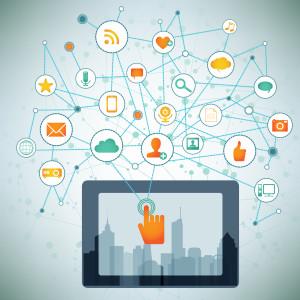Quick Summary
There are many ways in which people can get left behind, right? But in an age of increasing expectations for acquiring multiple literacies, one of those ways in which many fall through the cracks is by not having Internet connection and lacking digital literacy skills. Connect

Body
There are many ways in which people can get left behind, right? But in an age of increasing expectations for acquiring multiple literacies, one of those ways in which many fall through the cracks is by not having Internet connection and lacking digital literacy skills.
Connect Minnesota, supported by the Minnesota Department of Commerce, is a public-private partnership working to increase the access, adoption, and use of broadband service. Recently, Connect Minnesota published a report called “Digital Literacy: A Critical Skill for All Minnesotans.” In this report, digital literacy is recognized as the “ability to effectively use a computer, basic software programs, and the Internet . . .” Additionally, Connect Minnesota states that these skills “. . . include the ability to find, understand, evaluate, create, and communicate digital information.” Acquiring these skills is essential in order for citizens to have access to educational opportunities, e-government services, commerce, and the job market. Yet, despite these requirements, millions of Americans are still without these basic digital literacy skills.
How does Minnesota fair? According to Connect Minnesota survey findings, approximately 904,000 adult Minnesotans do not have home broadband service. And from those that do not subscribe, 41% say that broadband is not relevant or useful to them, 19% cite cost as a barrier, and 13% (or more than one in ten “non-adopters”) say that their lack of digital literacy skills is the primary reason for not subscribing to home broadband service.
And it gets even more interesting. In the report, Connect Minnesota states that out of those who cited the lack of digital literacy skills as the main barrier to broadband adoption, approximately:
- 15,000 adult Minnesotans indicate that the Internet is too complicated
- 50,000 do not know what broadband is
- 25,000 fear online security, fraud, and theft
- 23,000 do not feel comfortable using a computer